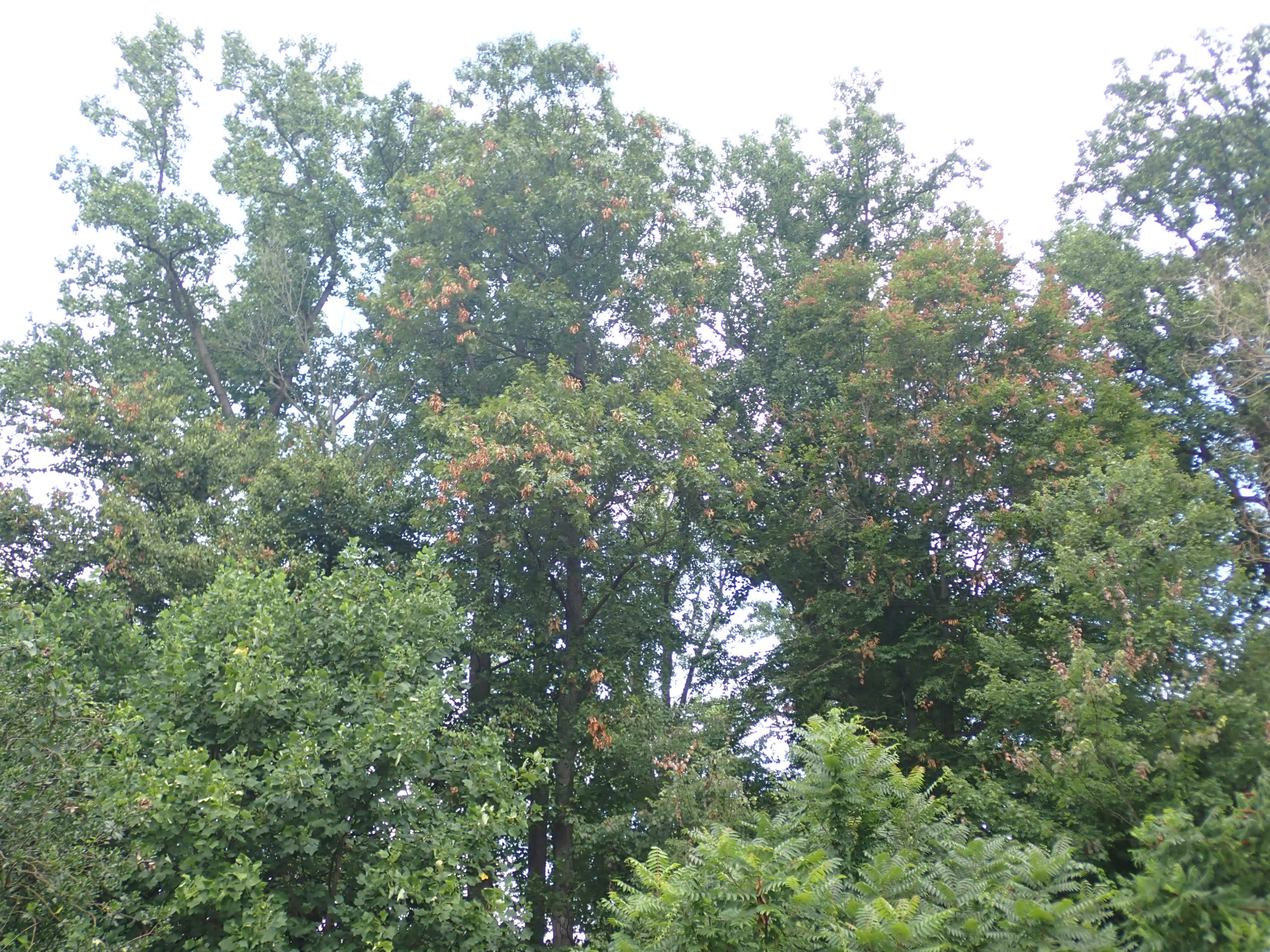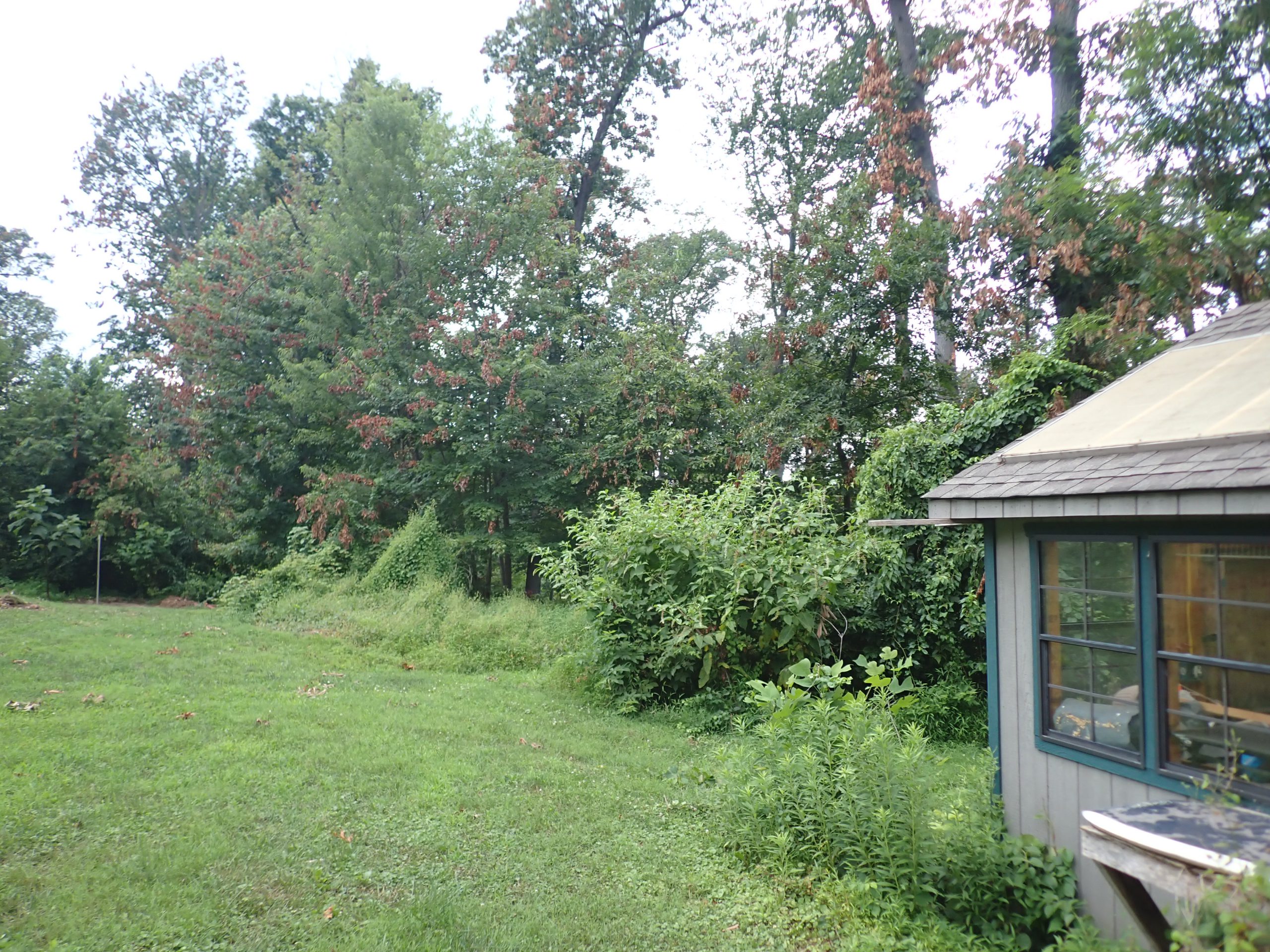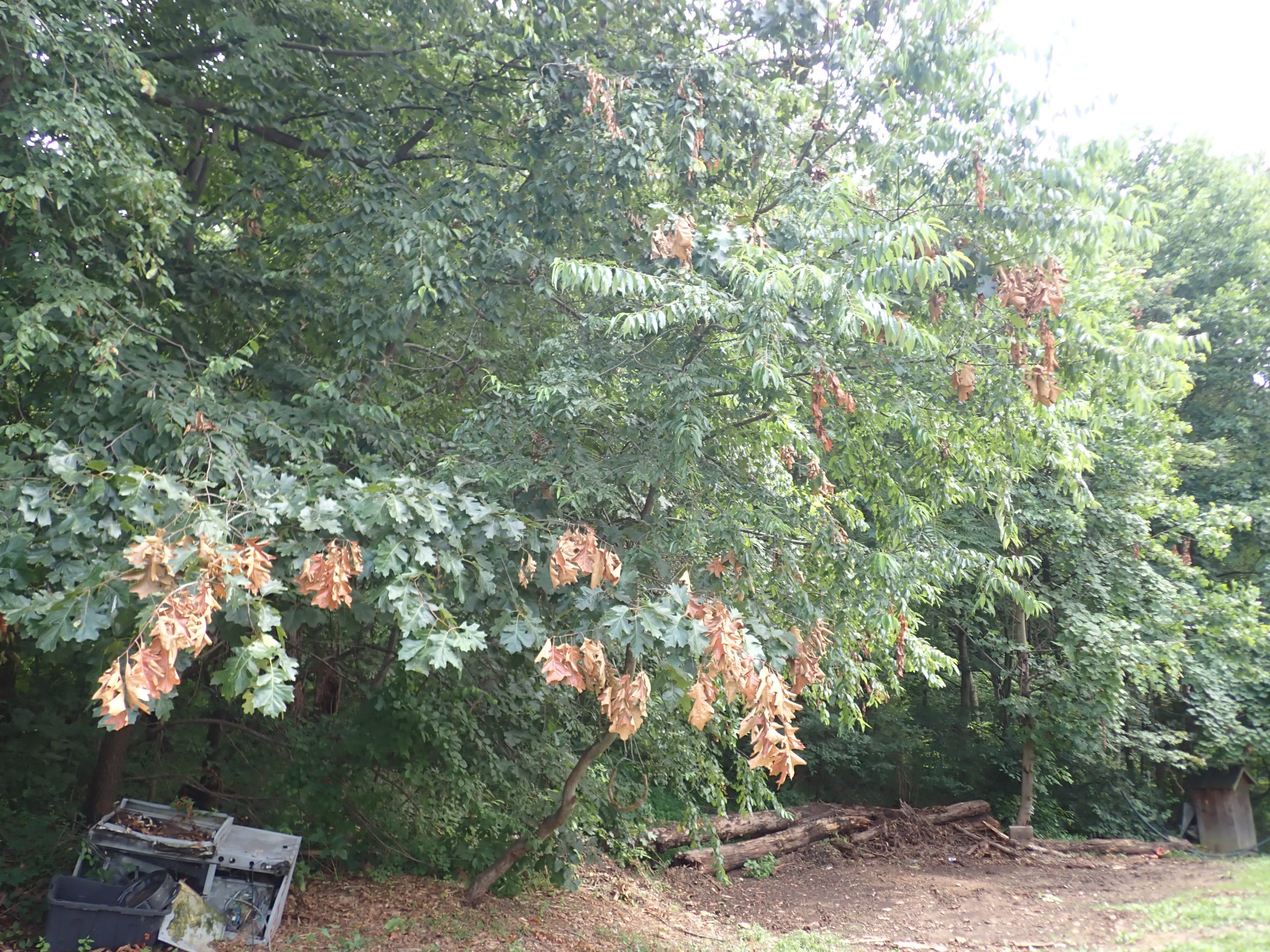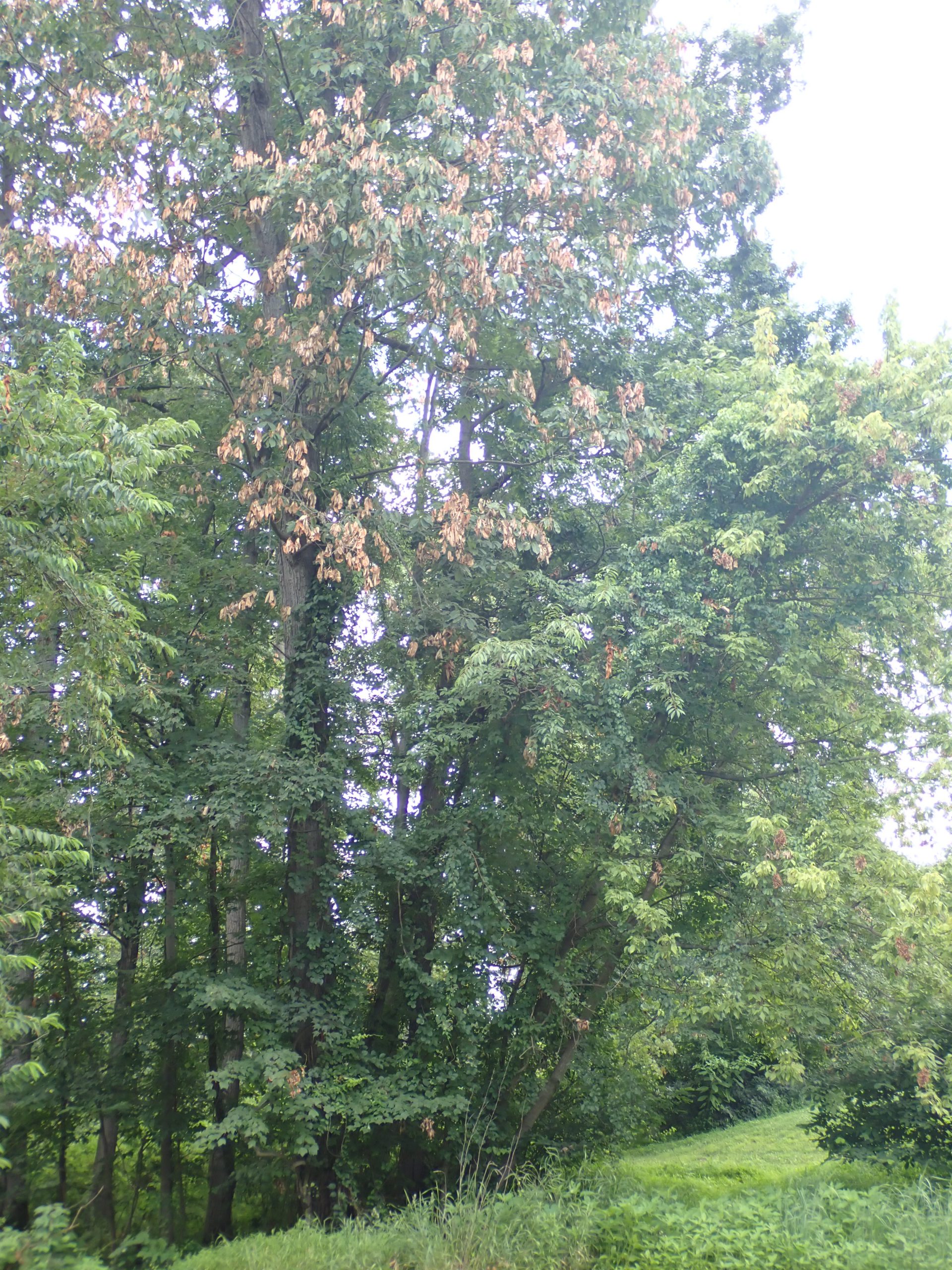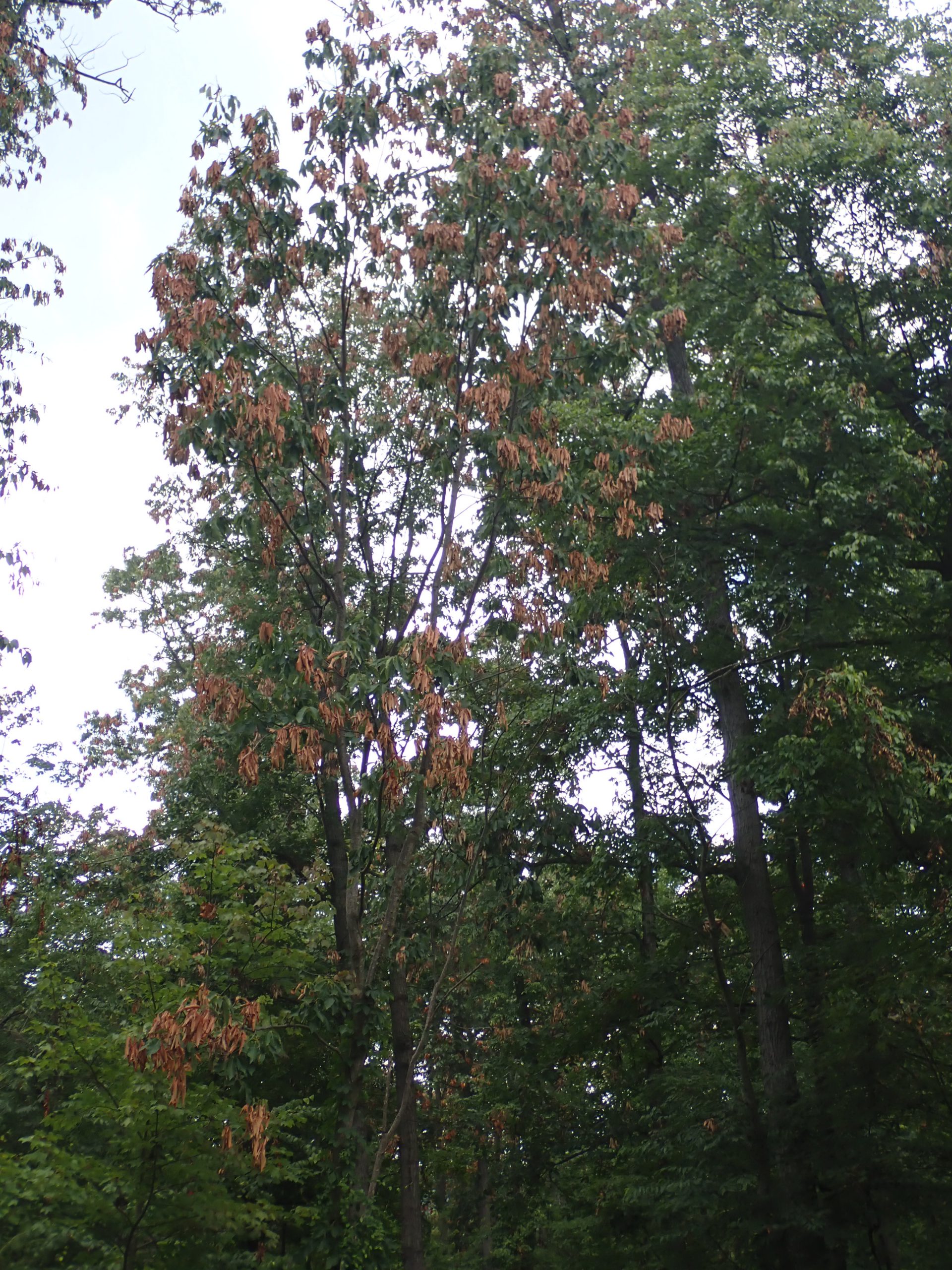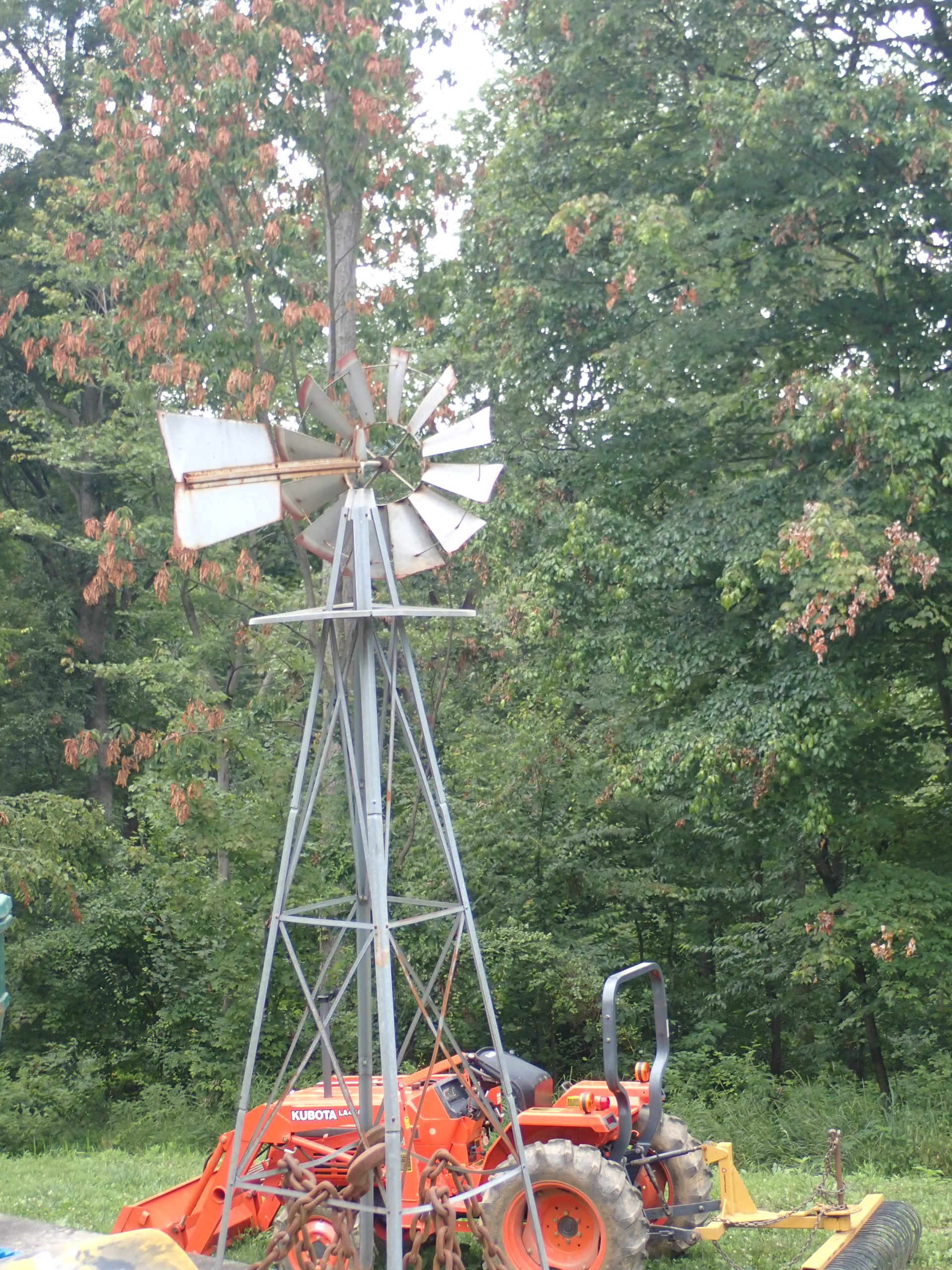- Plant Soil Heath
- 717-299-2112
- info@organicapproach.com
- Organic Approach Website
Cicada mania in Pennsylvania
Bacterial Leaf Scorch – there is no Silver Bullet…
June 15, 2021A Bundle of Sticks
September 29, 2021Look familiar?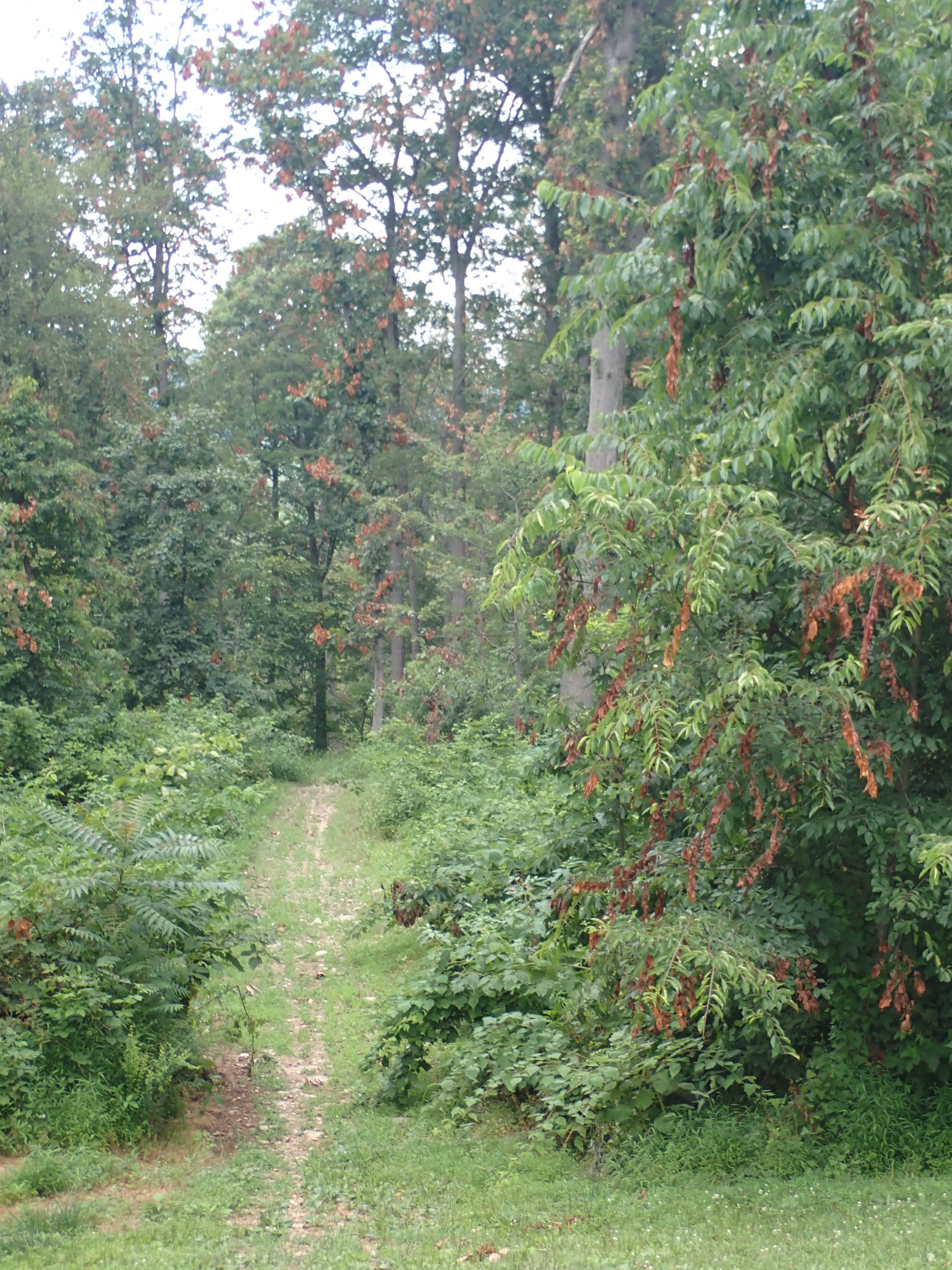
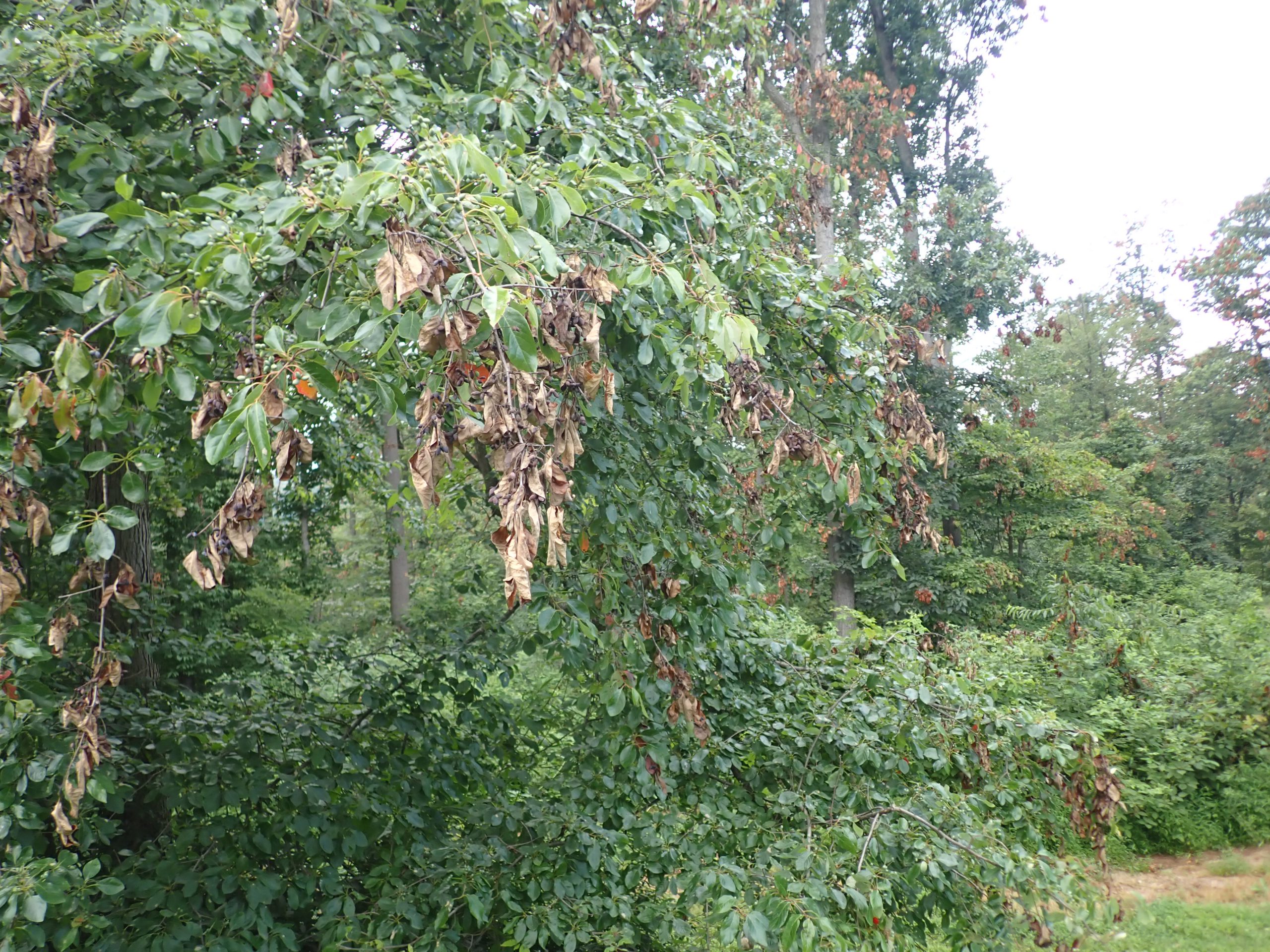
It was about this time last summer- I was sitting on my front porch at sunset, on a call with a friend from Montana, when my friend remarked that they could hear the cicadas through the phone. Being from Lancaster County, I feel that there are some aspects of daily life that are taken for granted- for one, I can’t smell the manure unless I go away for a few years and then come back… but the cicadas are sleepers, literally. Underground. But not all of them, nor all the time. Here in Pennsylvania we have not only multiple species of periodical cicada, which only emerge on 13 or 17 year cycles, but we also see more diffuse non-periodical cicadas every year!
The intricacies of the cicada life cycle escaped me for sometime, but with all the ruckus this summer, I was intrigued to take a closer look. I was collecting firewood for a 4th of July party at a friend’s property this year when I looked up to notice a peculiar phenomenon occurring in the foliage of the trees surrounding a clearing on their land. Tip flagging- everywhere. Completely non-selective damage- everything was getting hit. Dogwood, Oak, Beech, Cherry, Poplar- you name it. It looked like some kind of crazy tip blight, but that didn’t make sense to me. I hazarded a guess that maybe it could be cicadas, but I struggled with this at first knowing that they don’t really feed above ground when they are mating.
I dropped the issue for the night because the party was more important clearly, but my confirmation surfaced a day or two later when my cousin sent me an article that she found online on the exact topic. Mature female cicadas deposit their eggs into twigs and small branches usually less than the diameter of my little finger. This is a natural occurrence. Don’t try to treat them like a pest, it won’t work anyway. I think it’s fascinating, cool, a little weird, and I love it.
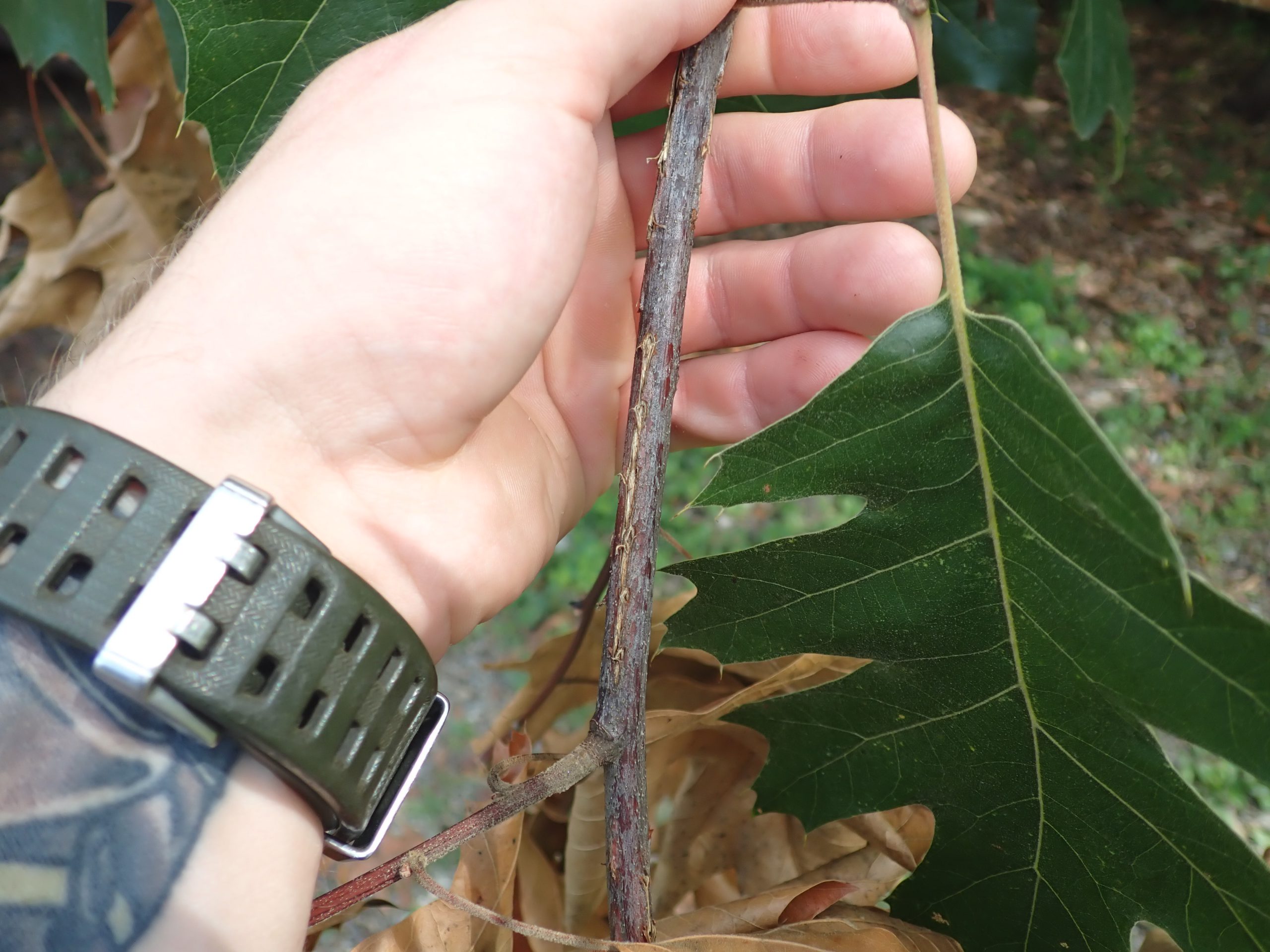
The mystery of periodical cicadas lies in the how and the why. Why every 17 or 13 years only? How do they know what time it is? I wasn’t able to scrape any solid answers to these questions- which I think makes it even more interesting, but I do have some ideas of my own. I think that the cicadas have adapted to only emerge and breed every so often to reduce and rotate the pressure on their hosts, thus mitigating the possibility of doing too much damage to the organisms that support their entire existence. I don’t know this to be true, rather just an intriguing concept. If it were true though, maybe we could take a clue from them and try to play a little game of cicada mimicry with our natural resource management programs.
Mysteries are fun. Like I said: don’t spray cicadas. I have a hunch that the herbicides and grub controls that go down annually all across the Northeast are hurting their populations already- since they spend 17 years underground as larva and all. Sit back into that rocking chair on your front porch and appreciate their song.
If you have a tree that really got wrecked this year, rehab it with some of Organic Approach’s premium plant health care products and give it a hug for me. Anyway, here is a photo dump of a bunch of gnarly cicada damage I’ve found this summer. Enjoy.
